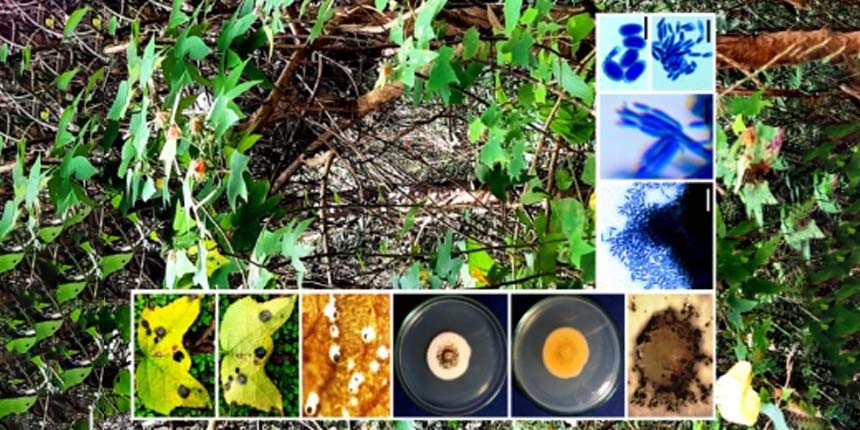Free Courses Sale ends Soon, Get It Now


Free Courses Sale ends Soon, Get It Now



Disclaimer: Copyright infringement not intended.
Context
Details
Importance of Paramyrothecium indicum
|
FUNGI Fungi, a distinct biological kingdom, are crucial for ecosystems and human activities. Understanding their roles is vital for biodiversity comprehension. Classification:
Ecological Roles:
Economic Importance:
Disease and Health:
Biodiversity Hotspots:
|
|
PRACTICE QUESTION Q. What is "Paramyrothecium indicum," recently discovered in Kerala? a) It is a newly identified species of amphibian in Kerala. b) It is a novel genus of flowering plants endemic to the Western Ghats. c) It is a phytopathogenic fungus associated with leaf spots on wild hibiscus plants. d) It is a microorganism with potential bio-herbicidal properties found in the Western Ghats. Correct Answer: c) It is a phytopathogenic fungus associated with leaf spots on wild hibiscus plants. |
© 2024 iasgyan. All right reserved